By RUBEM BRAGA
Translated from the Portuguese by RACHEL MORGENSTERN-CLARREN
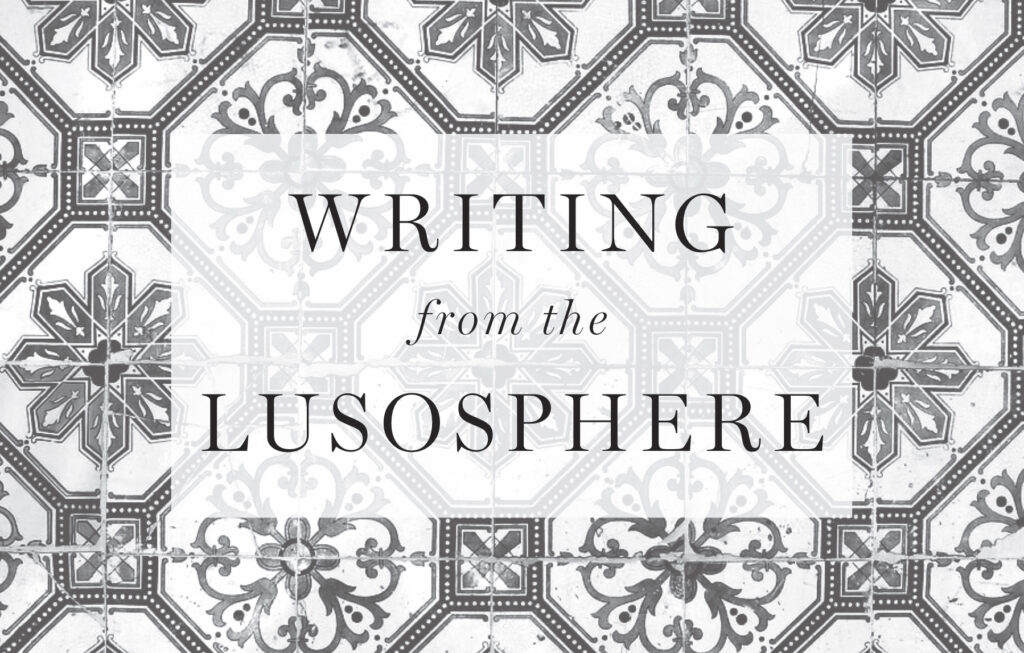
Through radar, the Americans made contact with the moon, which of course is exciting. But the most important event of the week happened with my cornstalk.
In my backyard, in a pile of dirt the gardener gathered, something was born that might have been just plain grass—but that I discovered was a cornstalk. I transplanted it to the narrow flowerbed in front of the house. The small leaves were dried out; I thought it was dead. But it revived. When it was the size of a palm, I showed a friend and he declared disdainfully that it was actually grass. When it was the size of two palms, I showed another friend, and he confirmed that it was sugar cane.


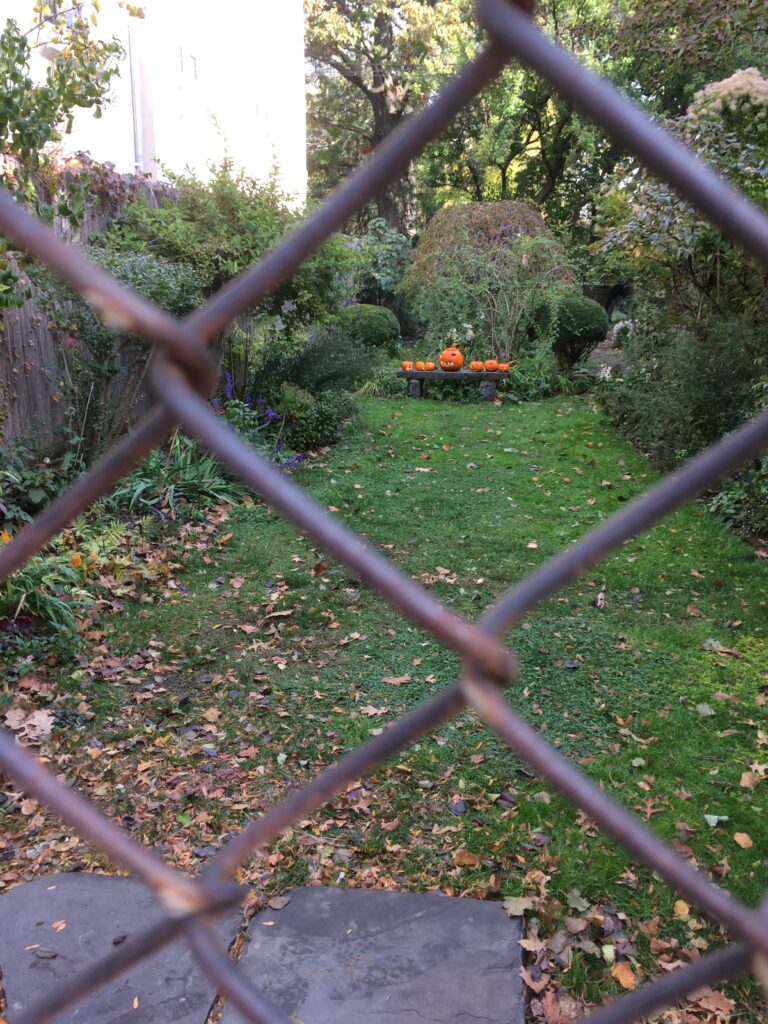



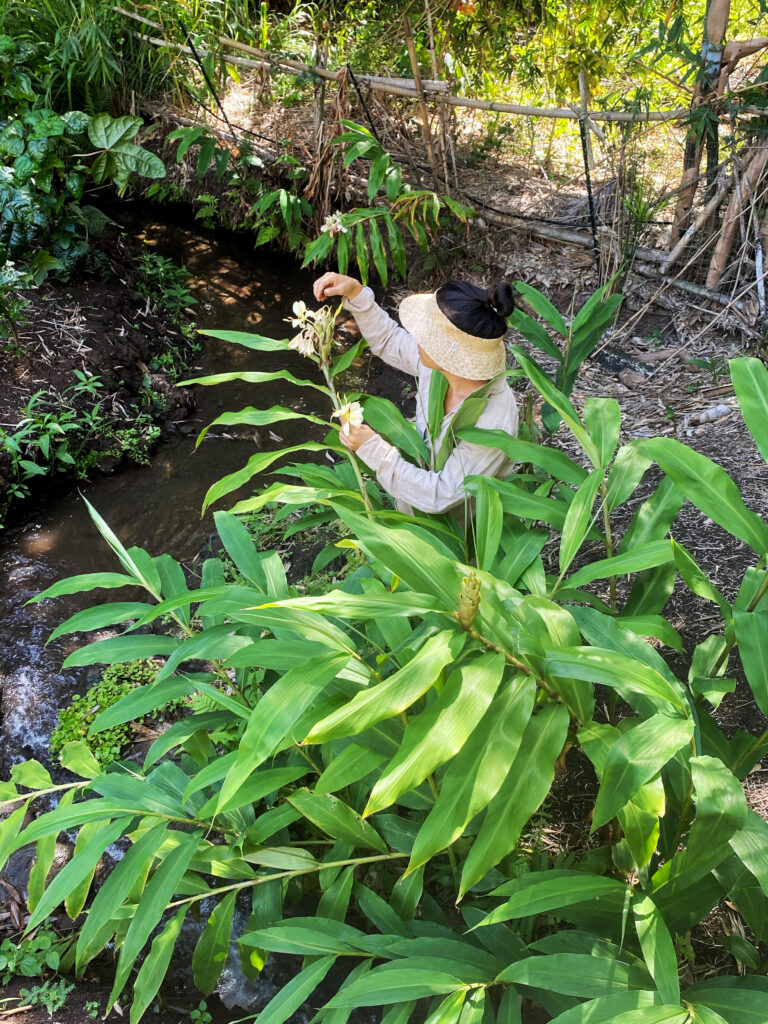



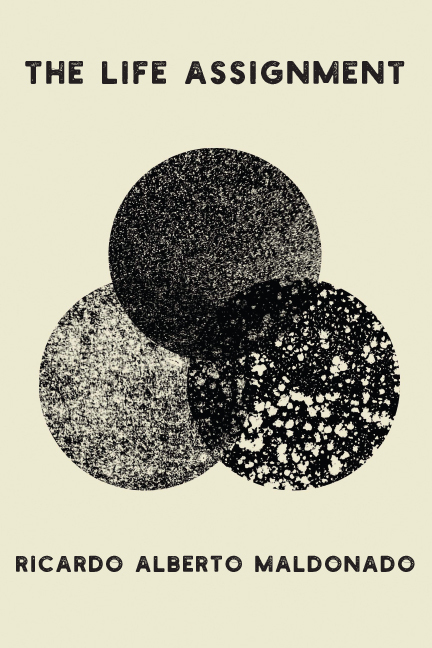

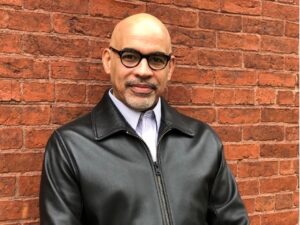


 This interview is the fourth in a new series, Writers on Writing, which focuses on craft and process. The series is part of The Common’s 10th anniversary celebration.
This interview is the fourth in a new series, Writers on Writing, which focuses on craft and process. The series is part of The Common’s 10th anniversary celebration.
